A Report by Jeremy Burnich
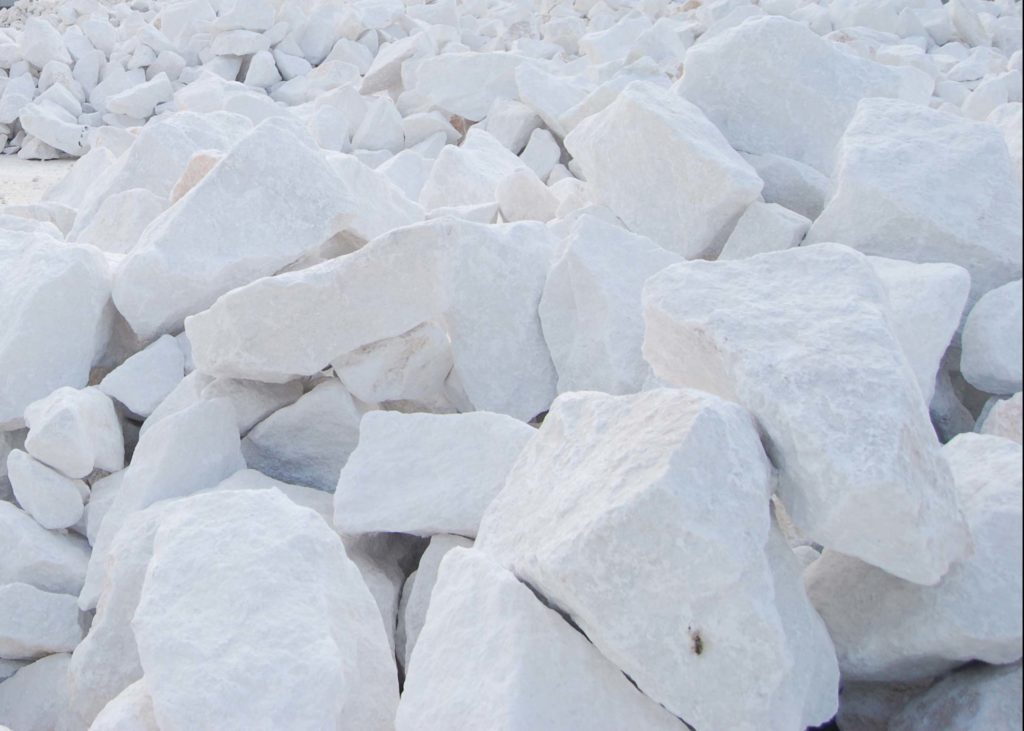
a pile of calcium carbonate 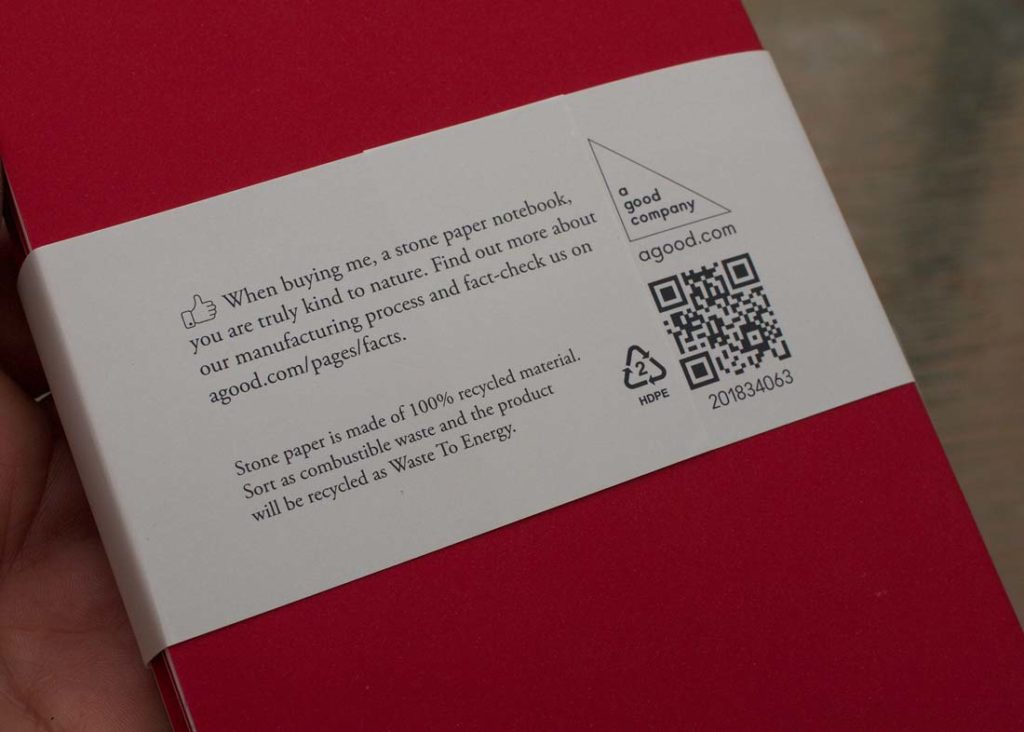
transformed into this notebook
I got bit by the stone paper bug.
At the bottom of this page you will find links to what I have learned so far about stone paper; how it inspired a little project; a review of three different stone paper products; and a surprising bit of information I learned about a ubiquitous form of traditional paper that will surprise you as much as it surprised me.
Traditional Paper
Paper has been around for roughly 3000 years. It’s changed a lot over three millennia but the basic formula has remained the same. Wood to pulp. Pulp + Chemicals over time and eventually you’ll get paper.
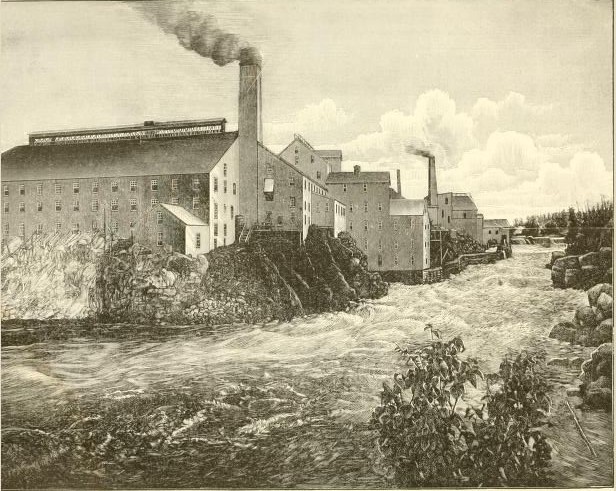
The scale of papermaking today is immense. We probably - and I'm just shooting from the hip here - create and consume more paper in one year than we created and consumed over the majority of the time we have been making paper.
Stone paper is the latest in a long line of innovative paper products. Unlike traditional paper which is made from plant fibers - mostly trees - it is made from crushed stone and a polymer binder.
Many People Aren't Aware Stone Paper Exists
Stone paper is an interesting product. At least it interests me.
It shares many of the same properties of pulp paper - you can fold it, write on it, burn it, etc - but it also has several unique additional properties. For example, it’s waterproof.
It isn’t a complete substitute for paper. It's more expensive than traditional paper and liquid ink pens - like fountain pens or gel ink - don’t adhere to it particularly well.
But once I started experimenting with stone paper I wanted to use it more.
It's one of those inventions, like pressure-sensitive adhesive before it was added to small pieces of paper and became Post-It notes. That adhesive was accidentally invented by Spencer Silver and it wasn't until six years later when Arthur Fry finally came up with a useful application for that product. Before then it was a solution in search of a problem. But the right person with the right problem had to see that adhesive before it became the product we all use over 30 years later.

And that got me thinking about a Steve Jobs quote:
I think Henry Ford once said, ‘If I’d asked customers what they wanted, they would have told me, “A faster horse!”
Here’s a reenactment of what he goes on to say:
A successful product is one that people buy. People only buy something when they feel the value of that product outweighs the pricing.
But sometimes a product needs be seen by the right audience before its true value can be unlocked. Steve Jobs didn't know people would use the iPhone to learn to play guitar, or unlock their car, or make movies. But he did know that getting the best product he could make into the hands of the right people would show what could be done, what was possible, with a smart phone.
Stone paper is like that. If you give it out to enough people, you will find someone who will find a use for it.
In general, the biggest factor hindering wider adoption of stone paper is the price. Pulp paper is everywhere and inexpensive. Like an electric vehicle, stone paper needs added value to justify the higher initial price.
One way stone paper adds value is with performance.
For everyday needs, pulp paper is cheaper and will work adequately. But not in harsh environments. This is where stone paper proves its worth. Say you’re a mechanic working on an oil platform. It’s an oily and greasy gnarly marine environment, but stone paper is unaffected by all that.
If you get stone paper dirty, you can wash it.
Here is a video I made to demonstrate stone paper being washed and reused.
Water proof paper. Who knew?
Another value implicit with stone paper is environmental.
Stone paper production requires no trees, water acids, or bleaches. It can also be made from recycled materials and can itself be recycled into new materials. Pulp paper requires everything stone paper doesn't and an ordinary sheet of paper made from wood=derived cellulose can survive only four to six trips through the recycling process.
A final measure of value is its novelty.
Stone paper was only developed in the closing years of the last century. It is still new and the limits of what it can and can’t do are still up in the air.
I discovered that stone paper is great for metalpoint sketching - a technique used by Leonardo da Vinci - because no time-consuming surface prep is necessary.
Time for More Innovation
Think about it. Toilet paper wasn’t commercially available until the 1850s. For 95% of the time paper was in existence no one exploited that use. (Fun fact: Instead of toilet paper, ancient Romans used a communal xylospongium - a sponge on a stick - for TP duty. Let's just say they had their fair share of intestinal parasites.)
We are still coming up with new uses for traditional paper. Imagine what uses people will come up with for stone paper? I'm just one person who noticed its use for silverpoint. Imagine what other people will discover?
They just need to be shown what it can do.
The Report
- What Is Stone Paper- a primer on stone paper and what makes it different from traditional paper
- Silverpoint & Stone Paper - using a 14th-century drawing technique with a 21st century stone paper product.
- Stone Paper Review - an overview of three different stone paper notebooks from three different companies.
- The Dangers of Thermal Paper - an aside on a different paper product we handle every day. I only found out about the deleterious effects of receipt paper as a result of my dive into stone paper.
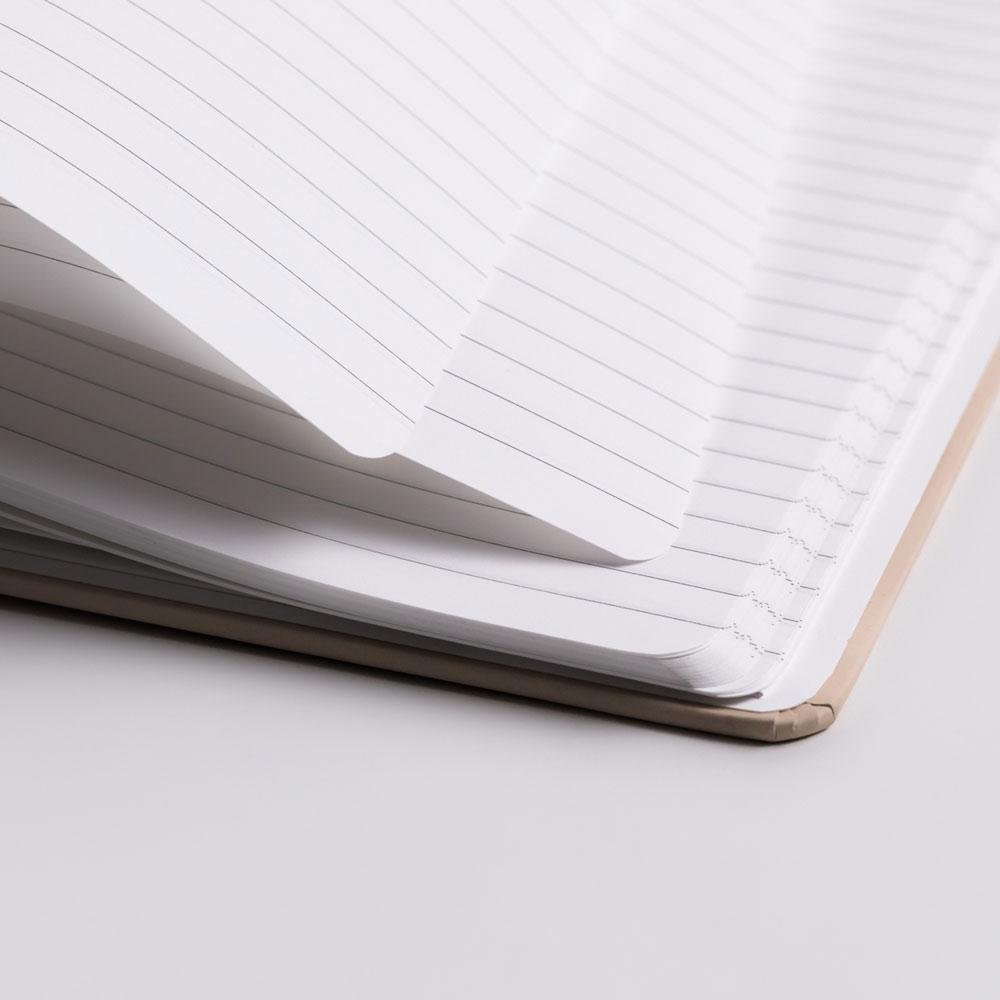

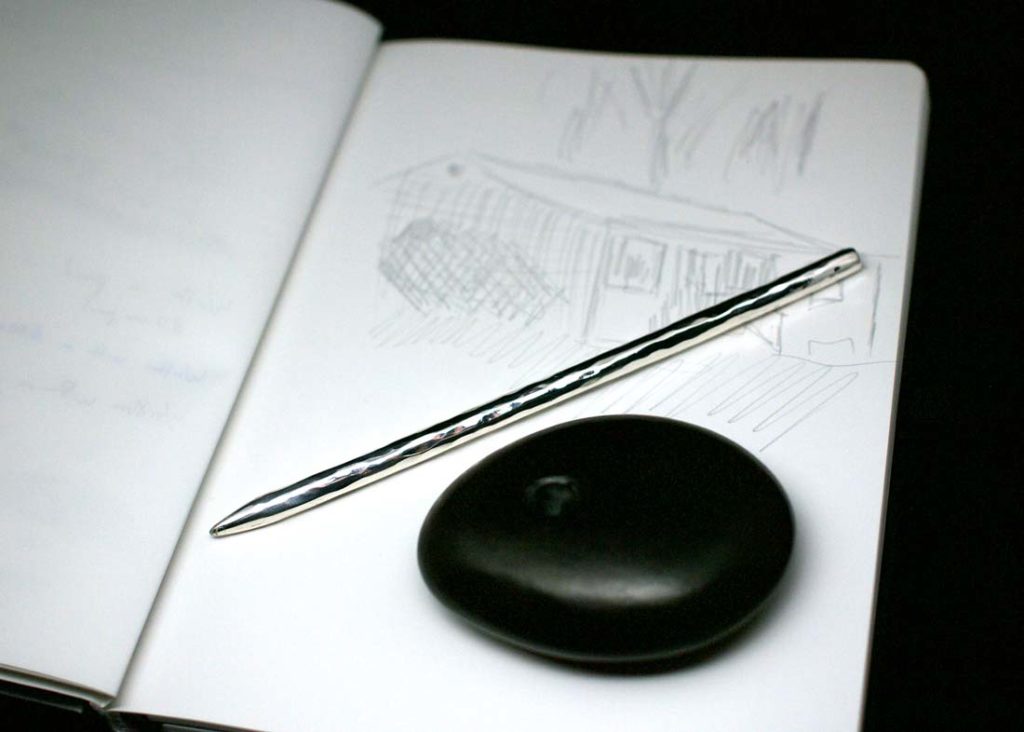

No comments.